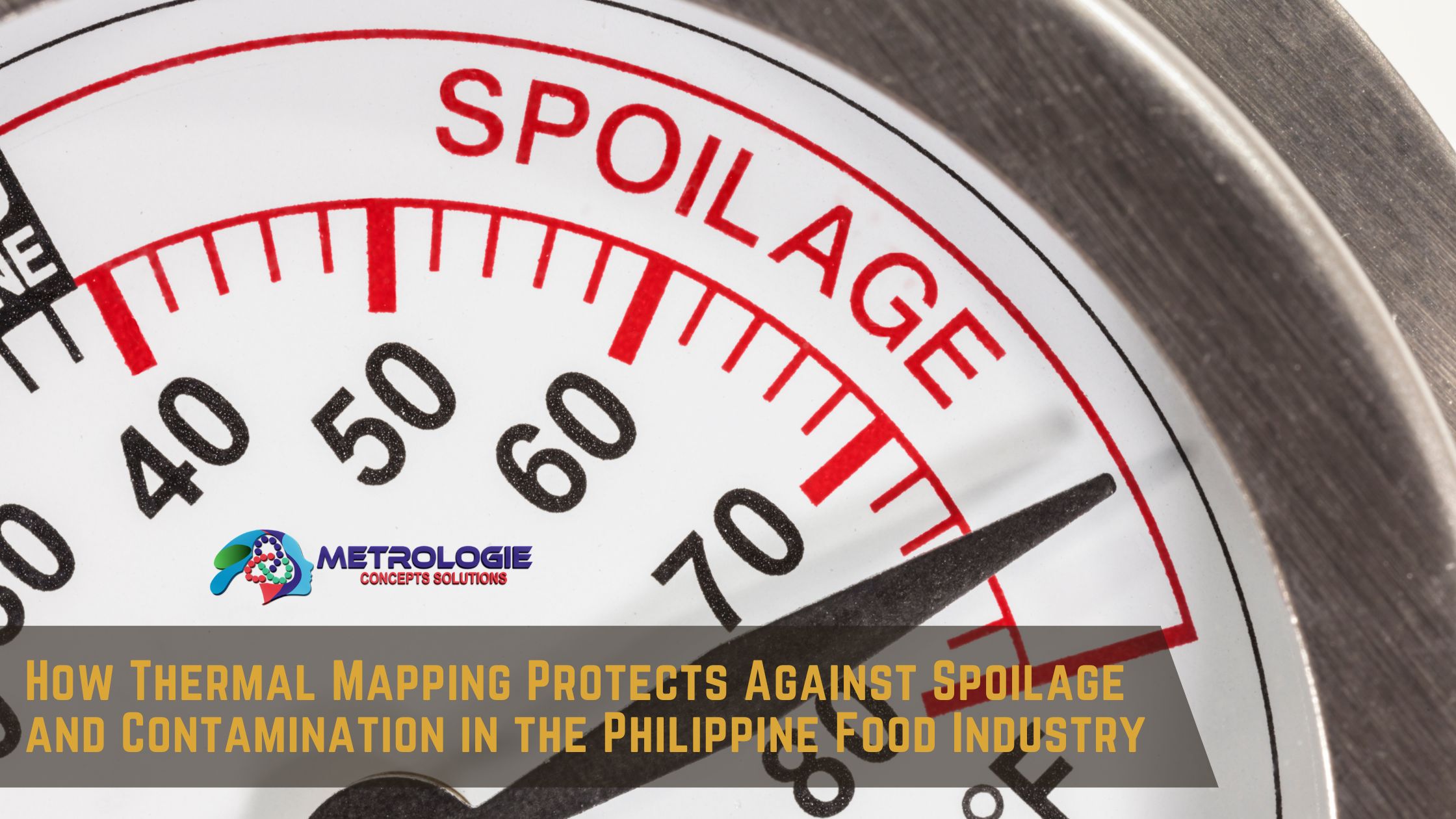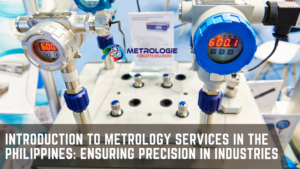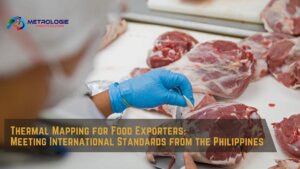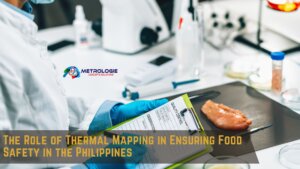In a country celebrated for its rich culinary heritage and thriving food industry, ensuring the safety and quality of food products is paramount. From farm to fork, the journey of food in the Philippines involves numerous critical temperature control points. One essential tool for maintaining safety and quality standards is thermal mapping, a process that identifies and controls temperature fluctuations to minimize spoilage and contamination.This article explores how thermal mapping protects the Philippine food industry from potential risks, ensures regulatory compliance, and improves customer satisfaction. By understanding the science and application of thermal mapping, businesses can implement effective strategies to safeguard their operations and deliver safe, high-quality food products. Understanding Thermal Mapping and Its Role in Food SafetyThermal mapping is the process of monitoring and analyzing temperature variations within a specific area, such as storage facilities, transport vehicles, or production lines. It identifies critical hot and cold spots to ensure that temperature-sensitive food products remain within their required ranges. This practice is particularly important in the Philippine food industry, where tropical climates and high humidity can significantly impact temperature control.Why Temperature Control MattersTemperature control is critical to maintaining food safety and quality. Improper temperature management can lead to spoilage, loss of nutrients, and contamination, posing significant health risks to consumers. Additionally, businesses face reputational damage and financial losses when they fail to adhere to temperature control standards.Thermal mapping addresses these concerns by: Ensuring uniform temperature distribution in storage and transport.Identifying inefficiencies in cooling systems.Validating compliance with food safety regulations.Minimizing waste and operational costs.
Applications of Thermal Mapping in the Philippine Food IndustryThermal mapping is a versatile tool that can be applied across various stages of the food supply chain:Cold Storage FacilitiesCold storage facilities are vital for preserving perishable goods like fruits, vegetables, seafood, and meat. Thermal mapping ensures that these facilities maintain consistent temperatures throughout, preventing spoilage and extending shelf life.Food Production LinesIn food manufacturing, thermal mapping helps monitor and control critical processing areas, such as cooking, freezing, and packaging zones. This reduces the risk of contamination and ensures product uniformity.Transport and LogisticsThe transportation of food products across the Philippines often involves long distances and varied climate conditions. Thermal mapping verifies that transport vehicles maintain stable temperatures, ensuring the integrity of goods from point A to point B.Retail and Distribution CentersSupermarkets and distribution hubs rely on thermal mapping to validate the effectiveness of their refrigeration systems. Consistent monitoring helps prevent spoilage and ensures food safety for consumers.
How Thermal Mapping Protects Against SpoilageSpoilage occurs when food products are exposed to unfavorable conditions, leading to loss of quality, texture, and taste. Thermal mapping minimizes this risk by:Identifying Critical ZonesThermal mapping identifies areas within storage or transport systems where temperatures deviate from the desired range. By pinpointing these zones, businesses can address issues before they lead to spoilage.Enhancing Equipment EfficiencyThermal mapping data helps optimize cooling equipment performance, ensuring consistent temperature distribution. Efficient systems reduce the likelihood of spoilage and lower energy costs.Validating System PerformancePeriodic thermal mapping ensures that cooling systems function as intended. This proactive approach prevents unexpected failures and maintains food quality.
How Thermal Mapping Prevents ContaminationContamination is a serious concern in the food industry, with temperature fluctuations creating ideal conditions for microbial growth. Thermal mapping mitigates this risk by:Ensuring Safe Storage ConditionsThermal mapping validates that storage facilities maintain temperatures within safe limits, preventing the growth of harmful bacteria and pathogens.Maintaining Cold Chain IntegrityA well-maintained cold chain ensures that perishable products remain safe throughout their journey. Thermal mapping identifies weak points in the chain, allowing businesses to implement corrective measures.Supporting Regulatory ComplianceIn the Philippines, food businesses must adhere to strict regulations, such as those outlined by the Food and Drug Administration (FDA) and the Department of Agriculture (DA). Thermal mapping helps demonstrate compliance with these standards, reducing the risk of penalties and product recalls.
Best Practices for Implementing Thermal MappingTo maximize the benefits of thermal mapping, Filipino food businesses should adopt the following best practices:Conduct Regular Mapping StudiesPerform thermal mapping at regular intervals and during different seasons to account for environmental changes. This ensures that temperature control systems remain effective year-round.Invest in High-Quality EquipmentUse reliable temperature monitoring devices, such as data loggers and sensors, to capture accurate readings. Regular calibration of these tools ensures precision.Train PersonnelEmployees should be trained to understand the importance of thermal mapping and how to interpret its results. A knowledgeable workforce is essential for maintaining food safety standards.Partner with ExpertsCollaborate with professional thermal mapping service providers to ensure accurate and thorough assessments. These experts can offer tailored solutions to meet specific business needs.Leverage TechnologyModern thermal mapping solutions include IoT-enabled devices and real-time monitoring systems. These tools provide actionable insights and allow businesses to respond quickly to temperature deviations.
Case Studies: Success Stories in the Philippine Food IndustrySeafood Exporter Ensuring FreshnessA leading seafood exporter in the Philippines implemented thermal mapping to monitor its cold storage facilities. By identifying hot spots and optimizing cooling systems, the company reduced spoilage by 25%, resulting in higher customer satisfaction and increased export volumes.Bakery Chain Improving QualityA popular bakery chain used thermal mapping to validate its production line temperatures. This ensured consistent product quality across its branches, enhancing brand reputation and customer loyalty.Dairy Distributor Maintaining ComplianceA dairy product distributor faced challenges in maintaining cold chain integrity during transport. Thermal mapping allowed the company to identify and resolve weak points, ensuring compliance with food safety standards and reducing product returns.
The Future of Thermal Mapping in the Philippine Food IndustryAs technology continues to advance, the role of thermal mapping in the food industry is expected to grow. Emerging trends include:Integration with AI and IoTArtificial intelligence and Internet of Things (IoT) technologies enable real-time data analysis and predictive maintenance, further enhancing the effectiveness of thermal mapping.Sustainability InitiativesThermal mapping can support sustainable practices by optimizing energy use in cooling systems and reducing food waste.Increased AccessibilityAffordable and scalable thermal mapping solutions are making this technology accessible to small and medium-sized enterprises (SMEs), empowering more businesses to prioritize food safety.
ConclusionThermal mapping is a vital tool for protecting the Philippine food industry against spoilage and contamination. By ensuring consistent temperature control, businesses can maintain product quality, comply with regulations, and build trust with consumers. As the industry continues to evolve, adopting advanced thermal mapping practices will be crucial for staying competitive and delivering safe, high-quality food products to the market.




